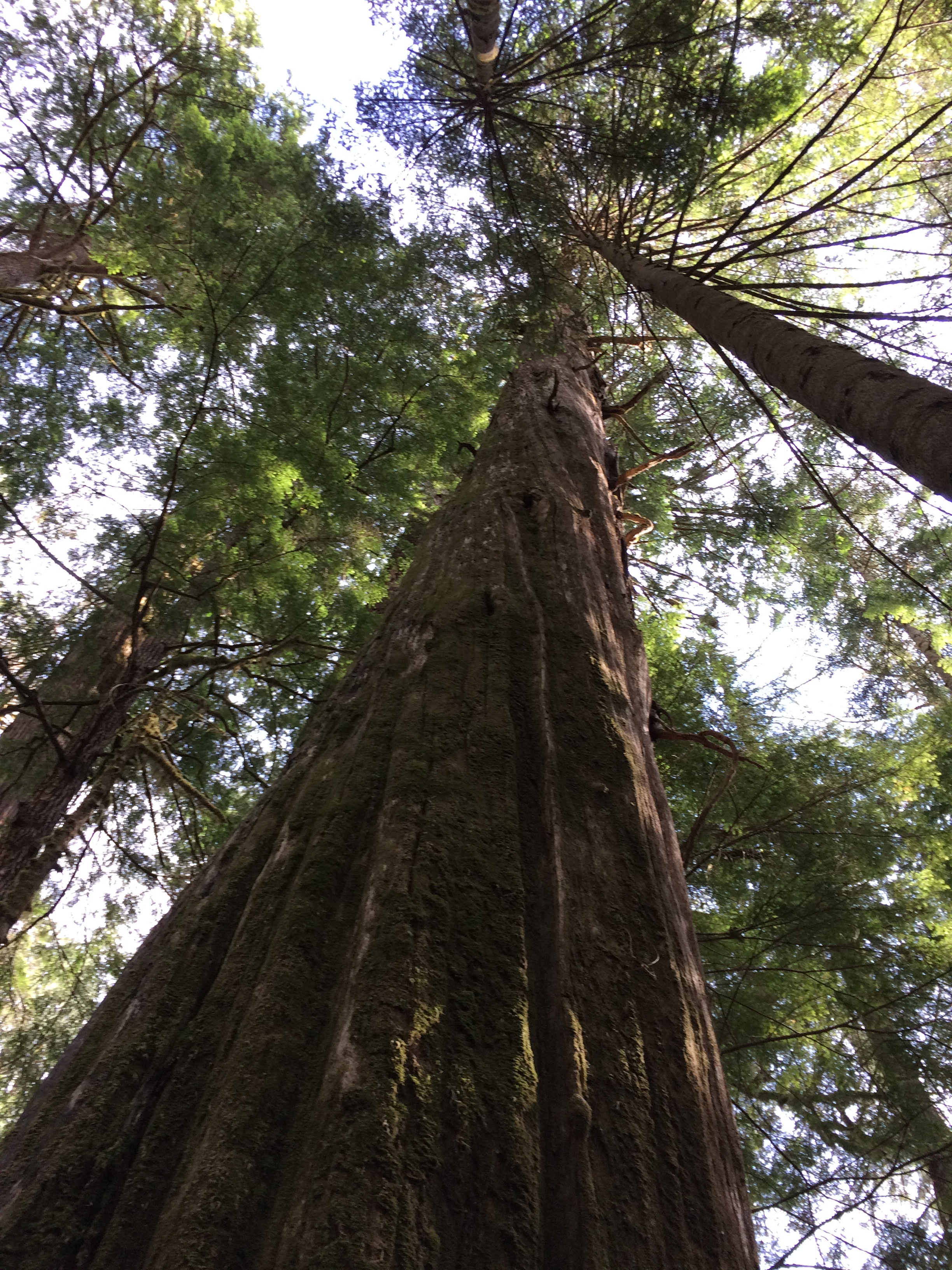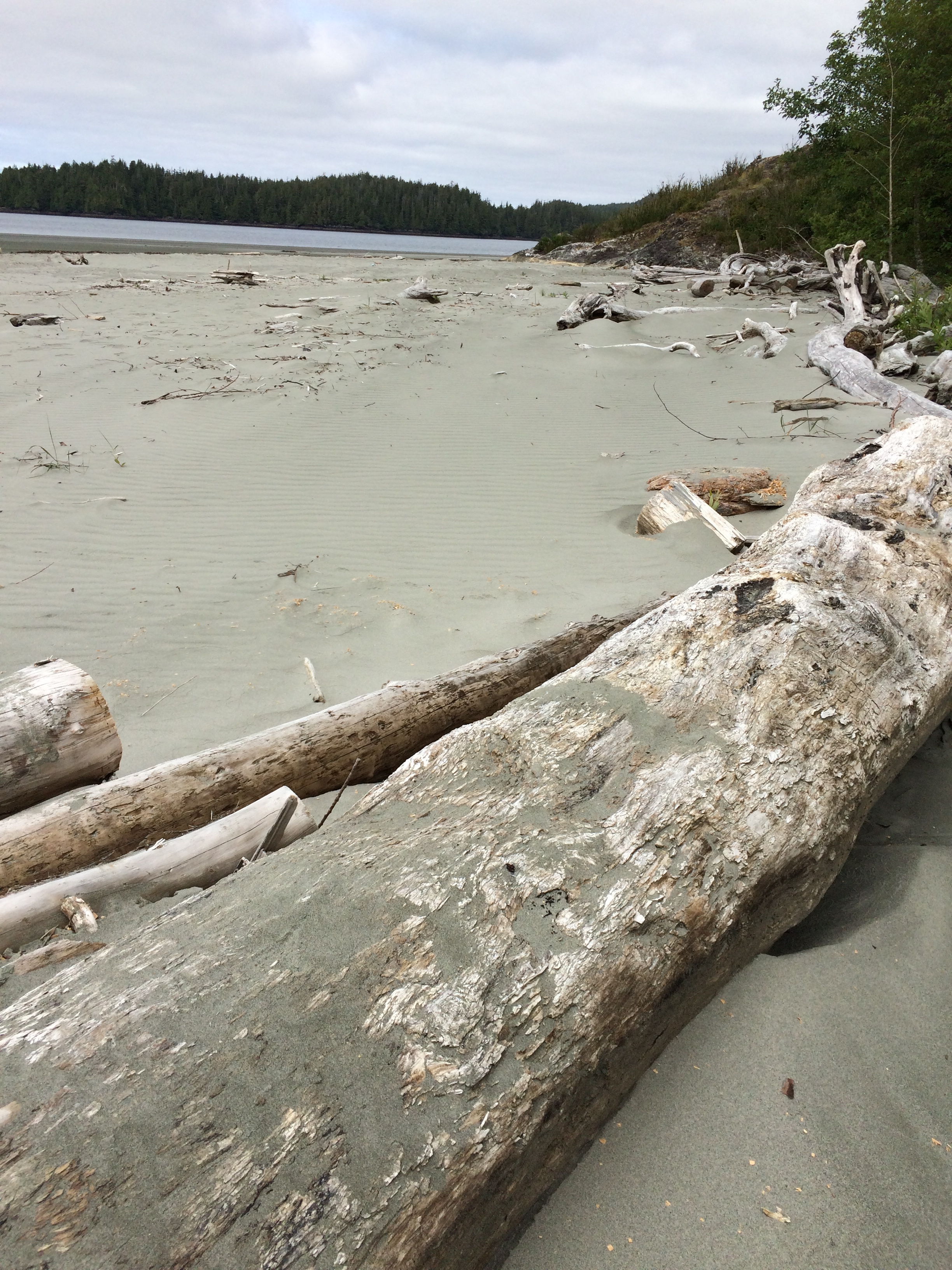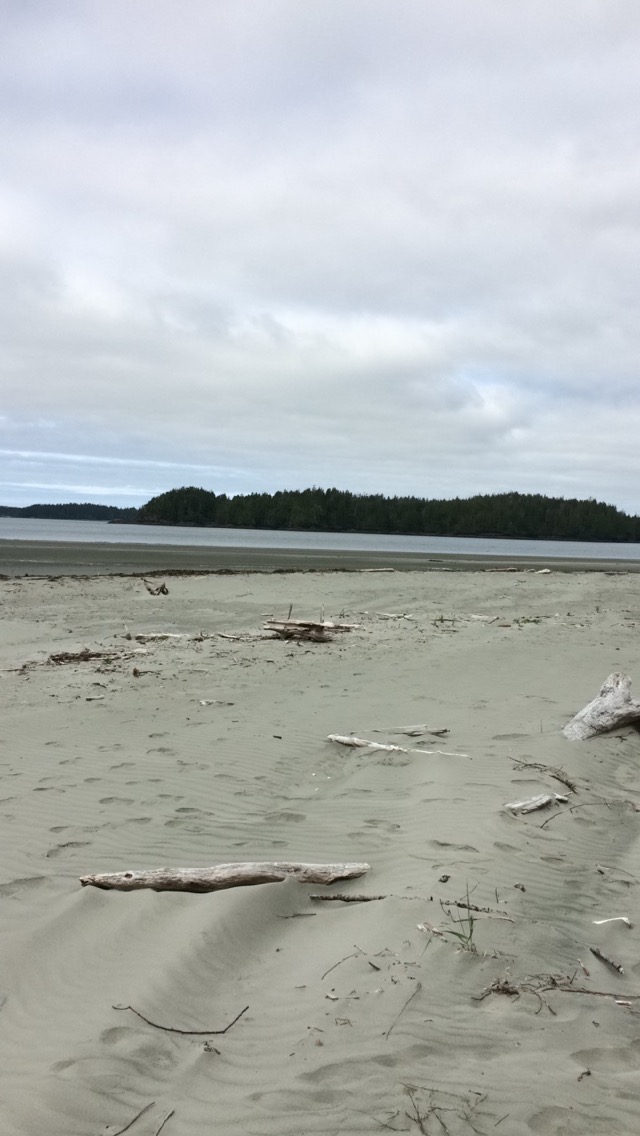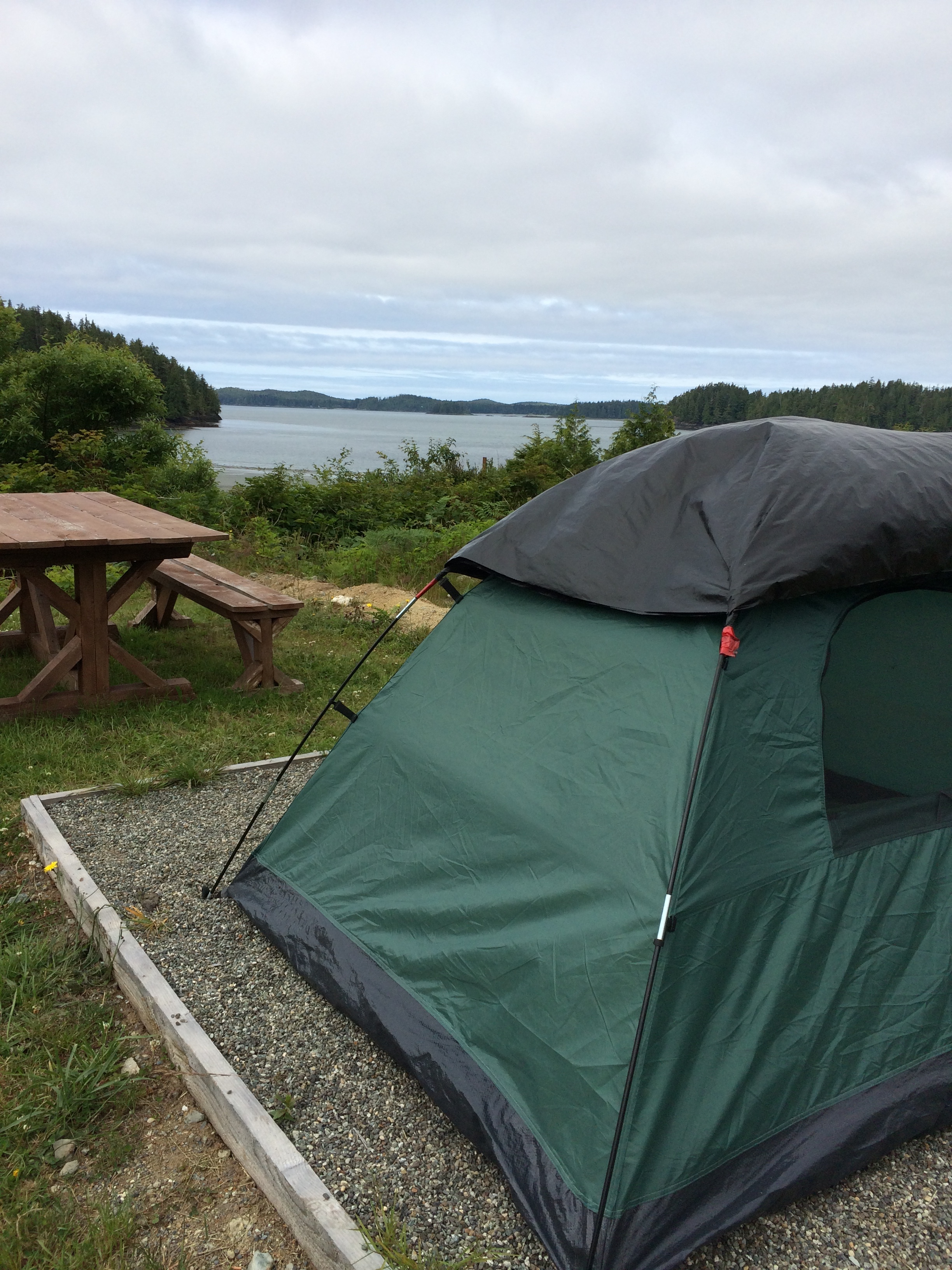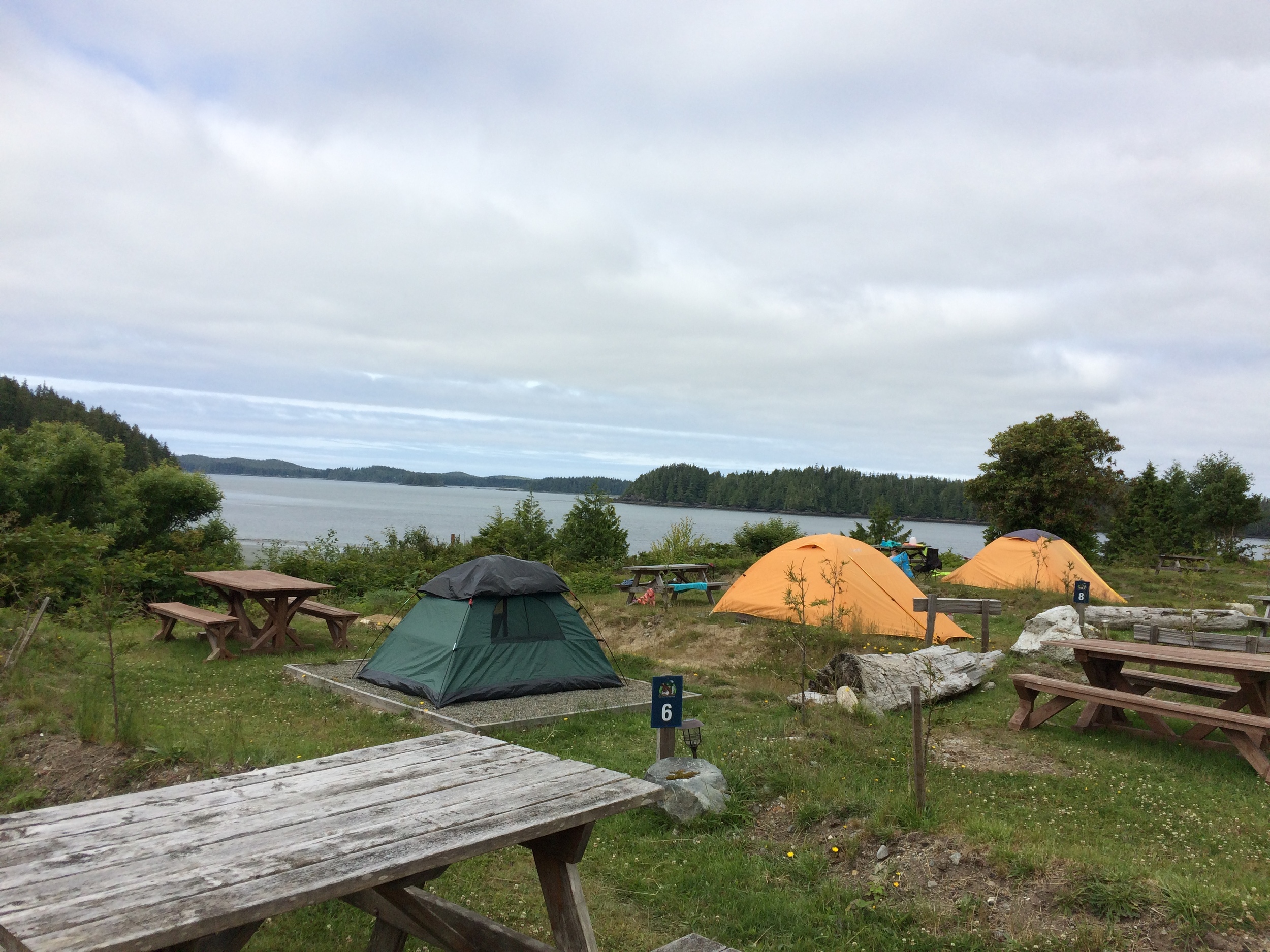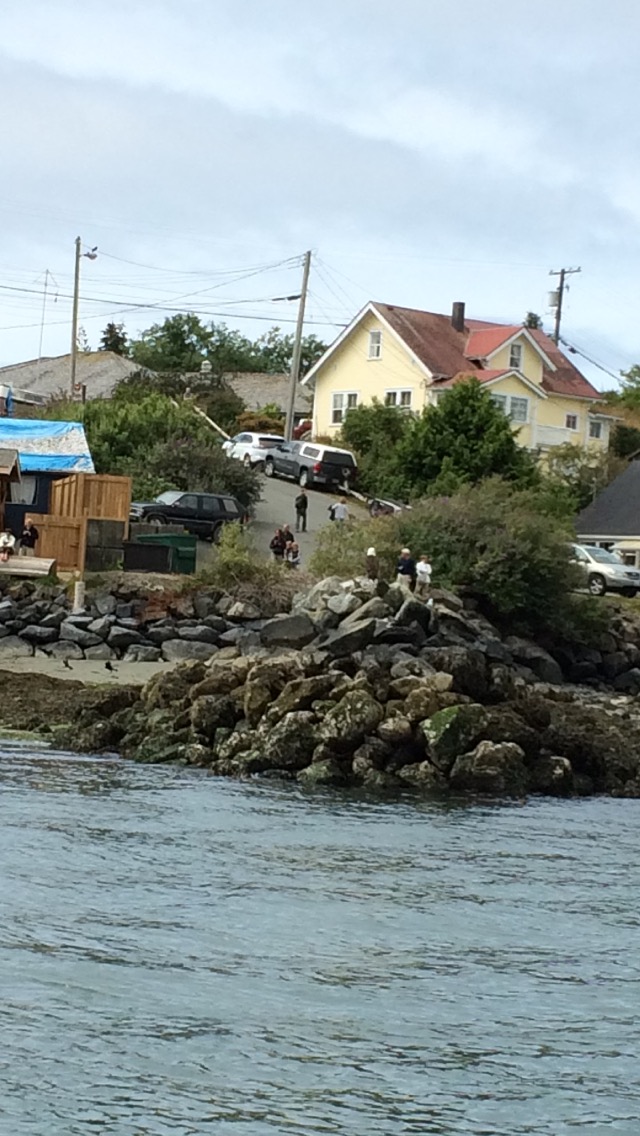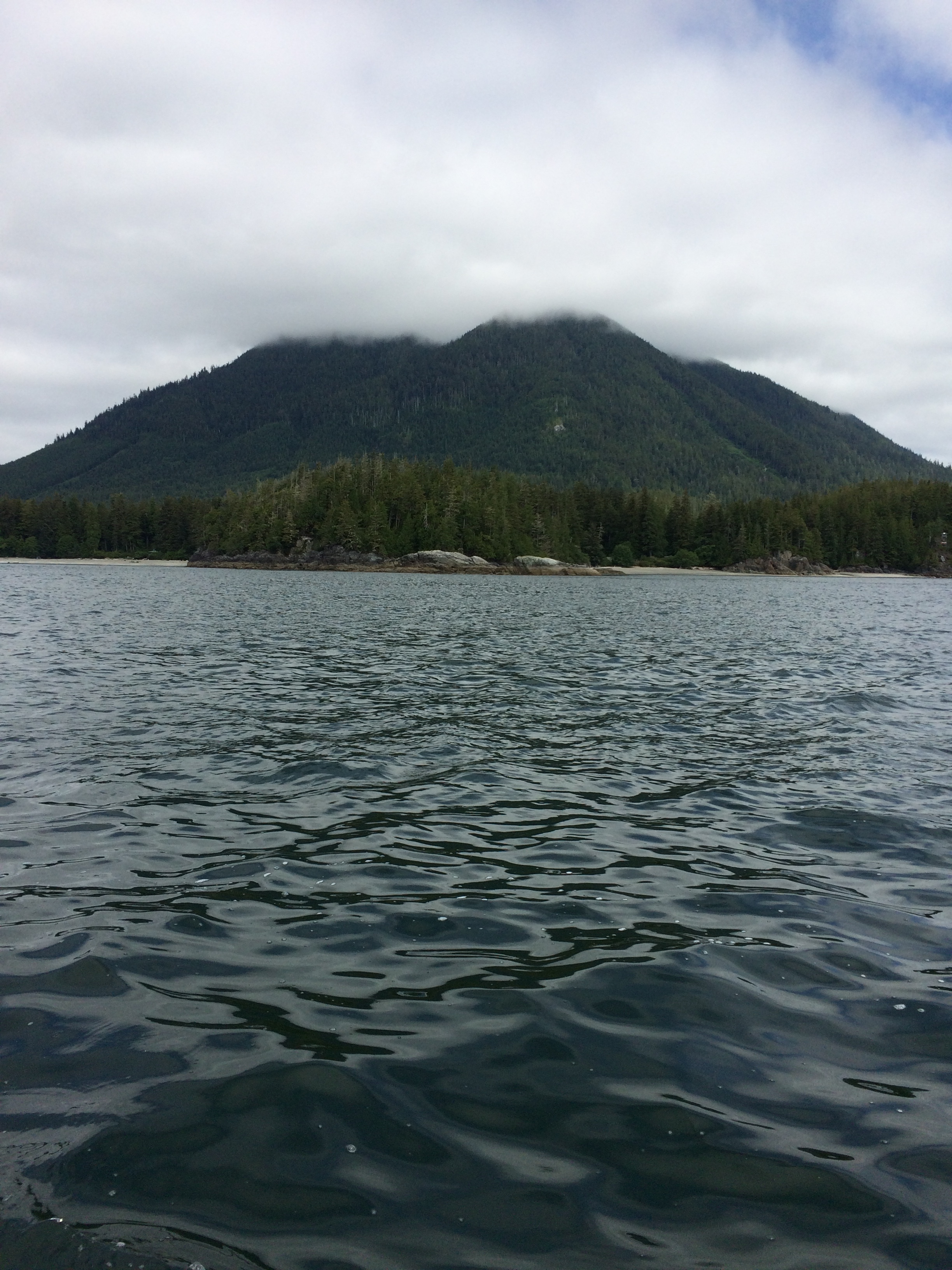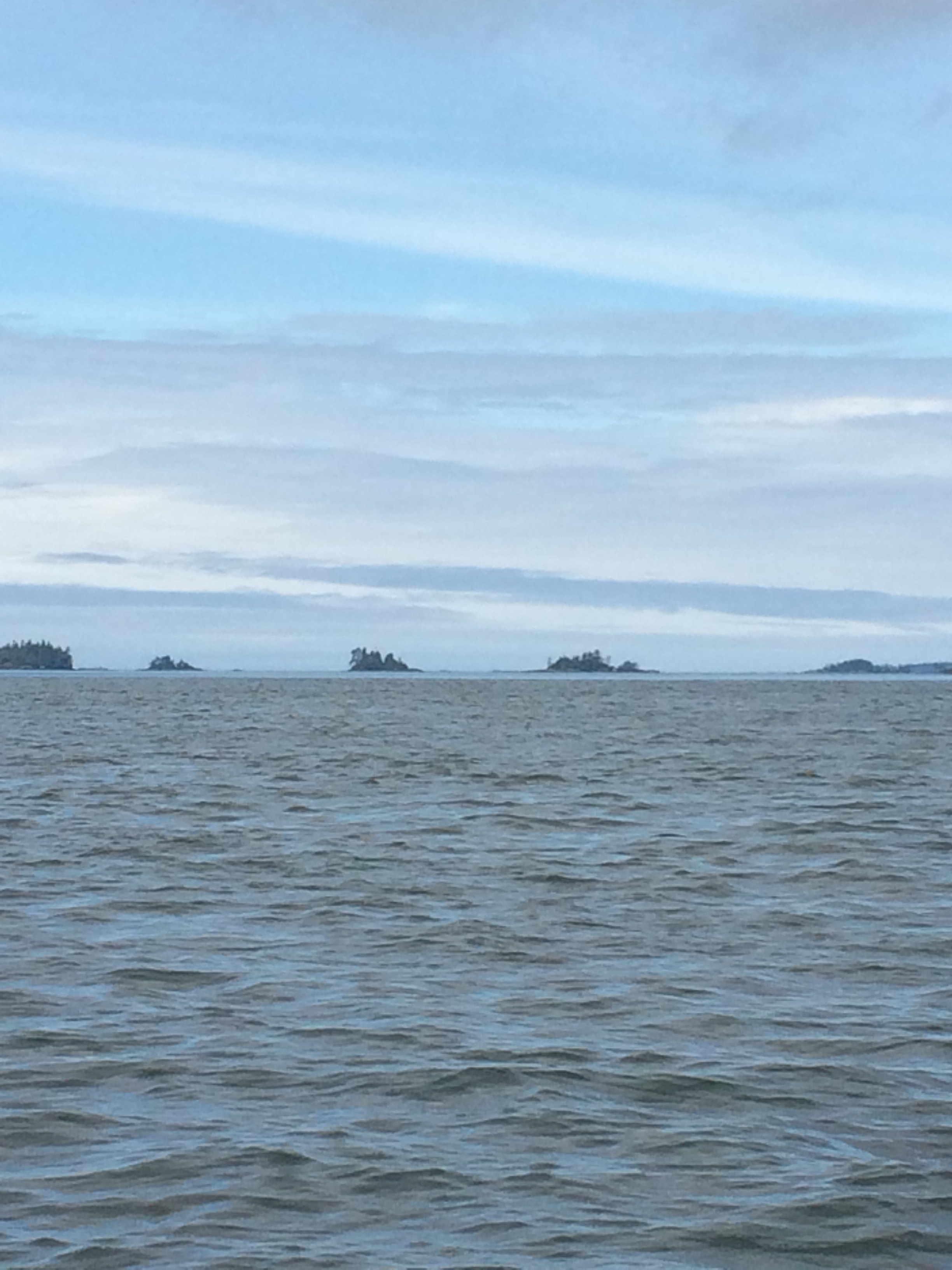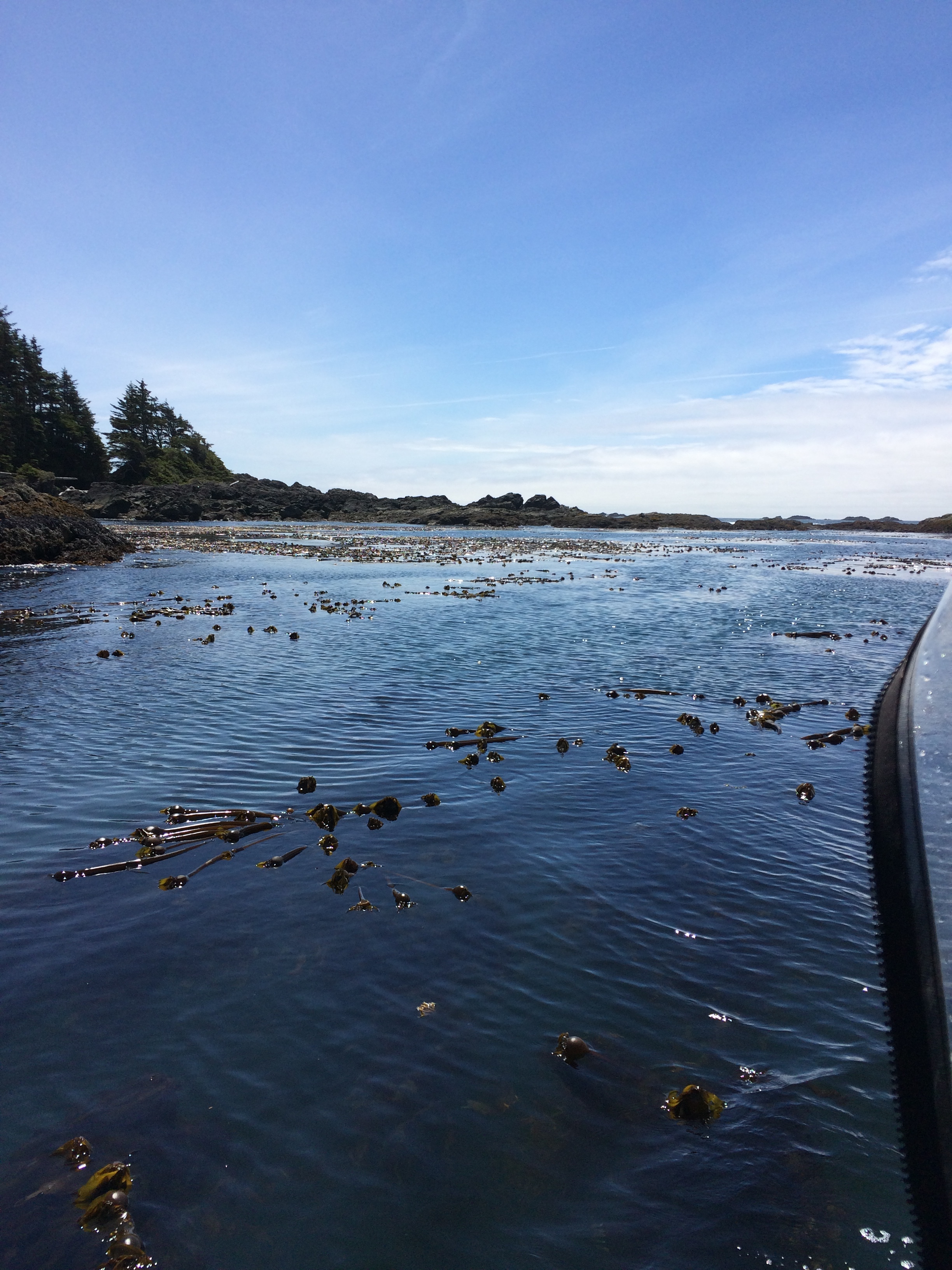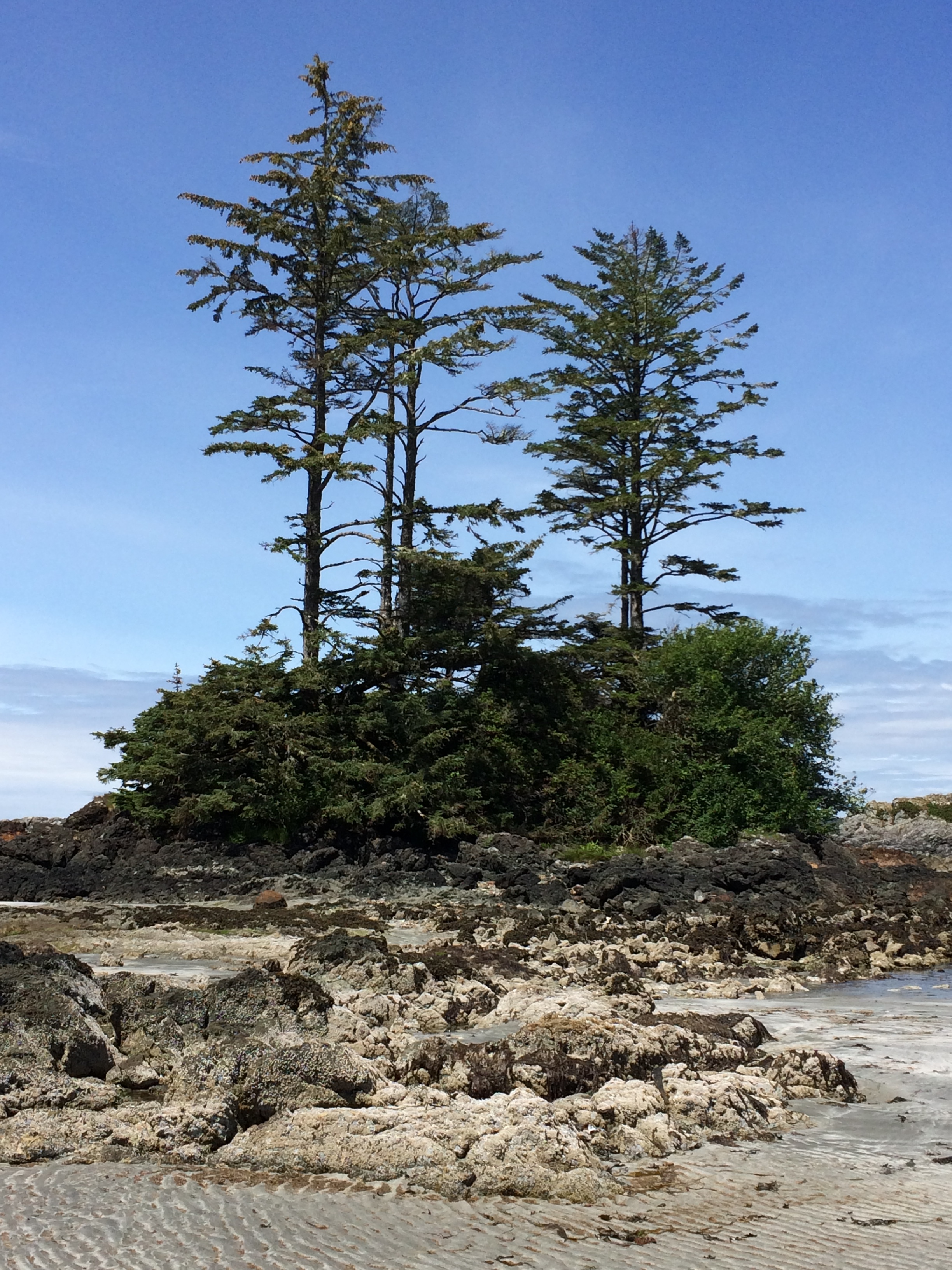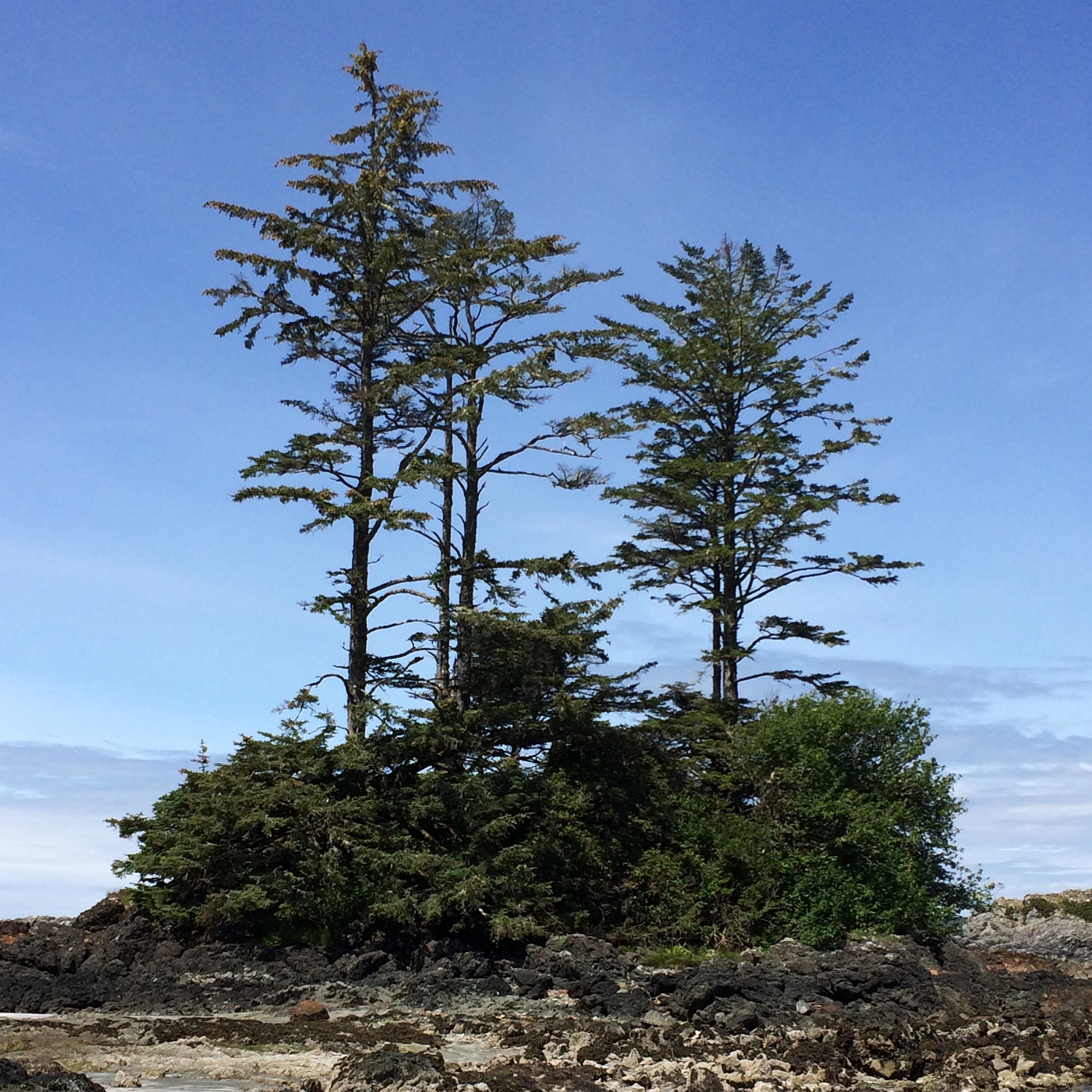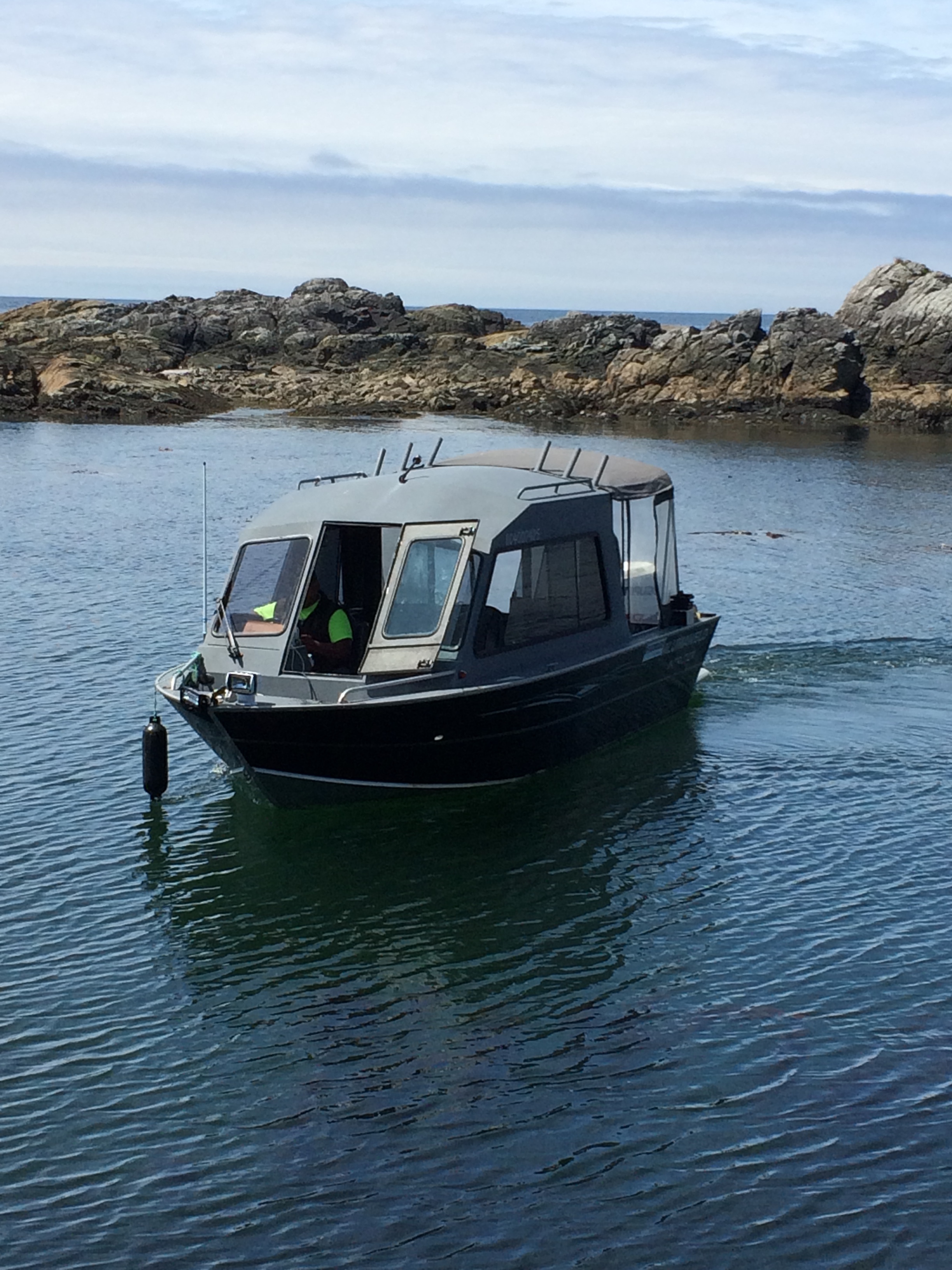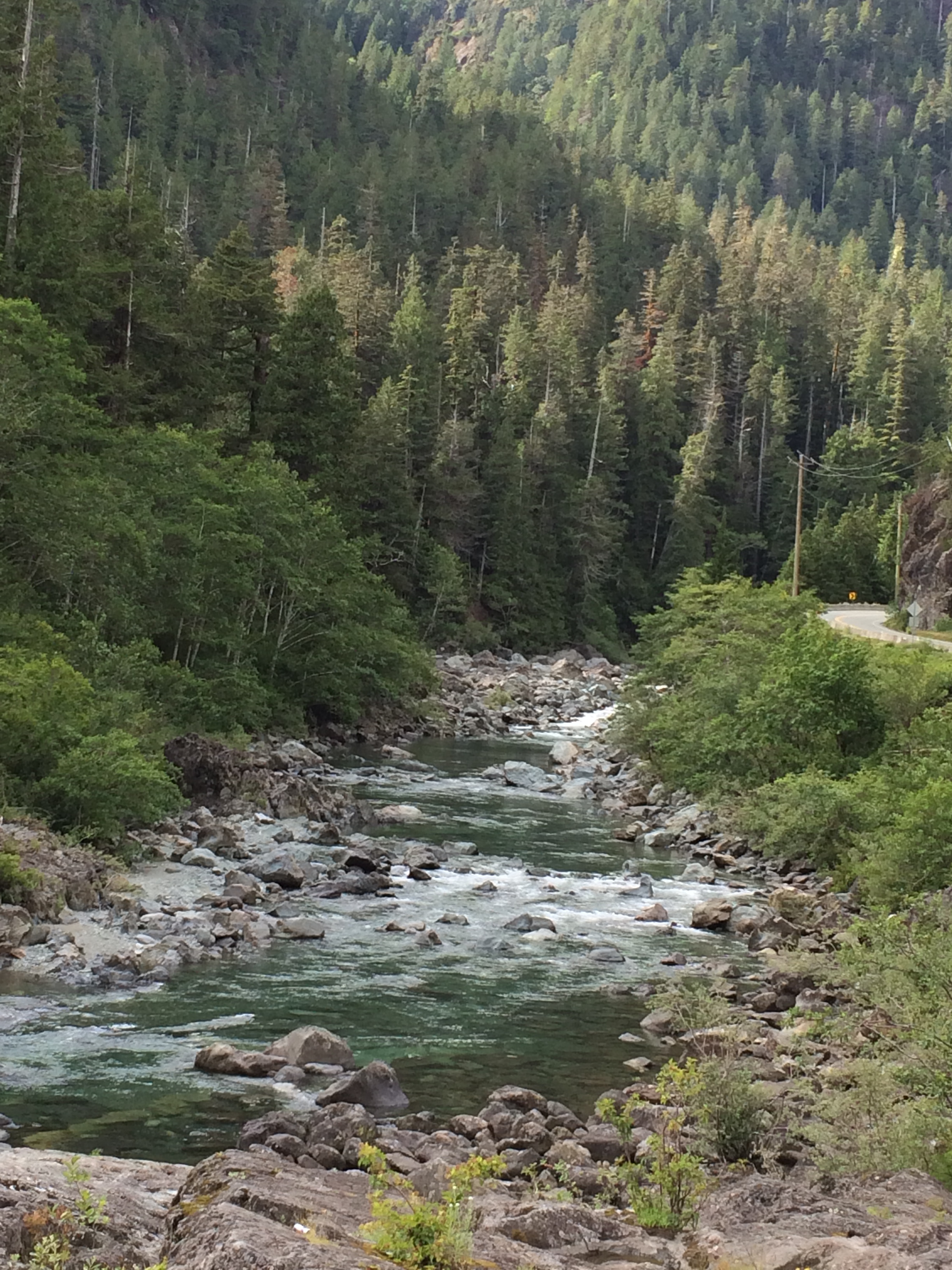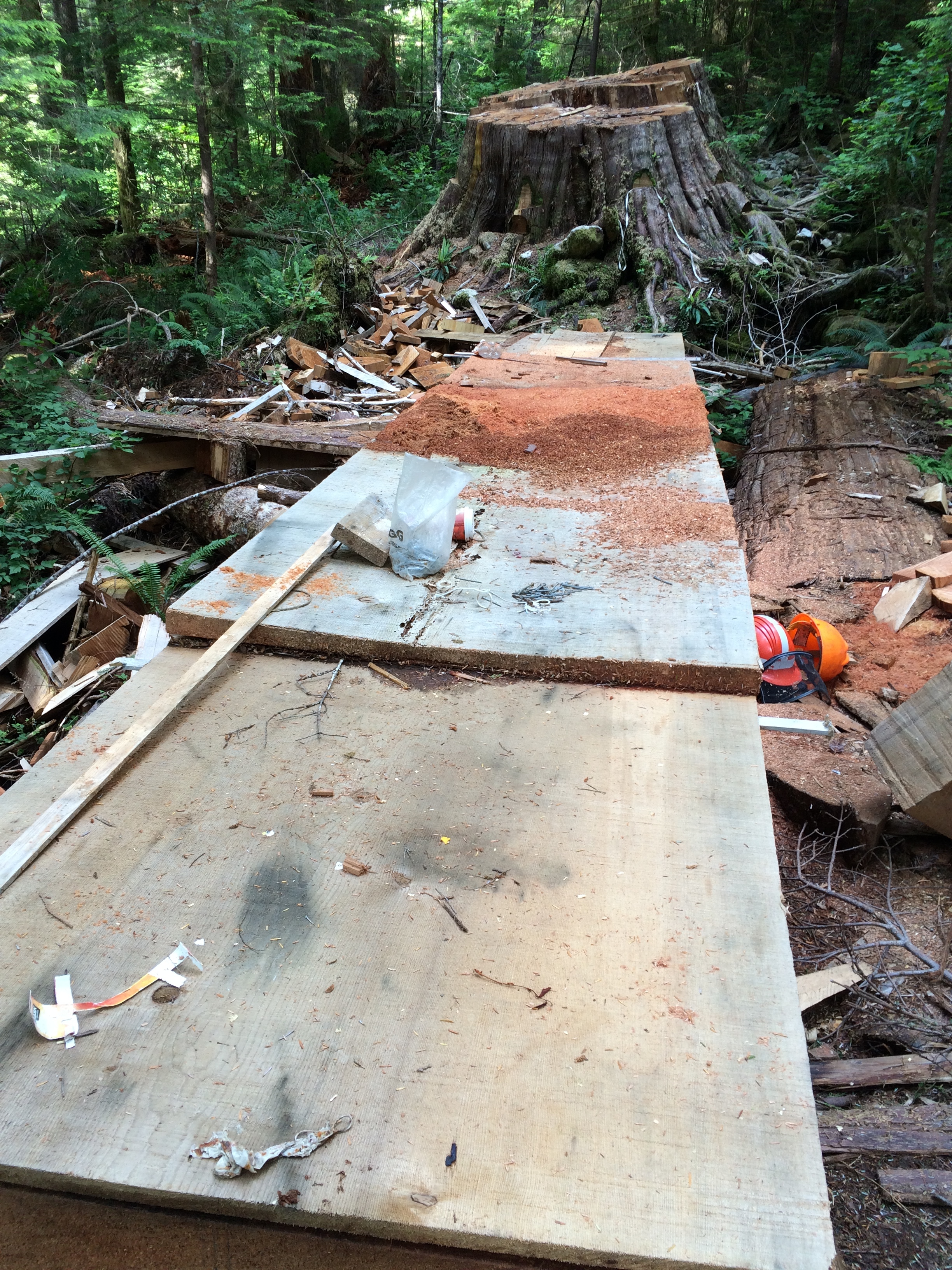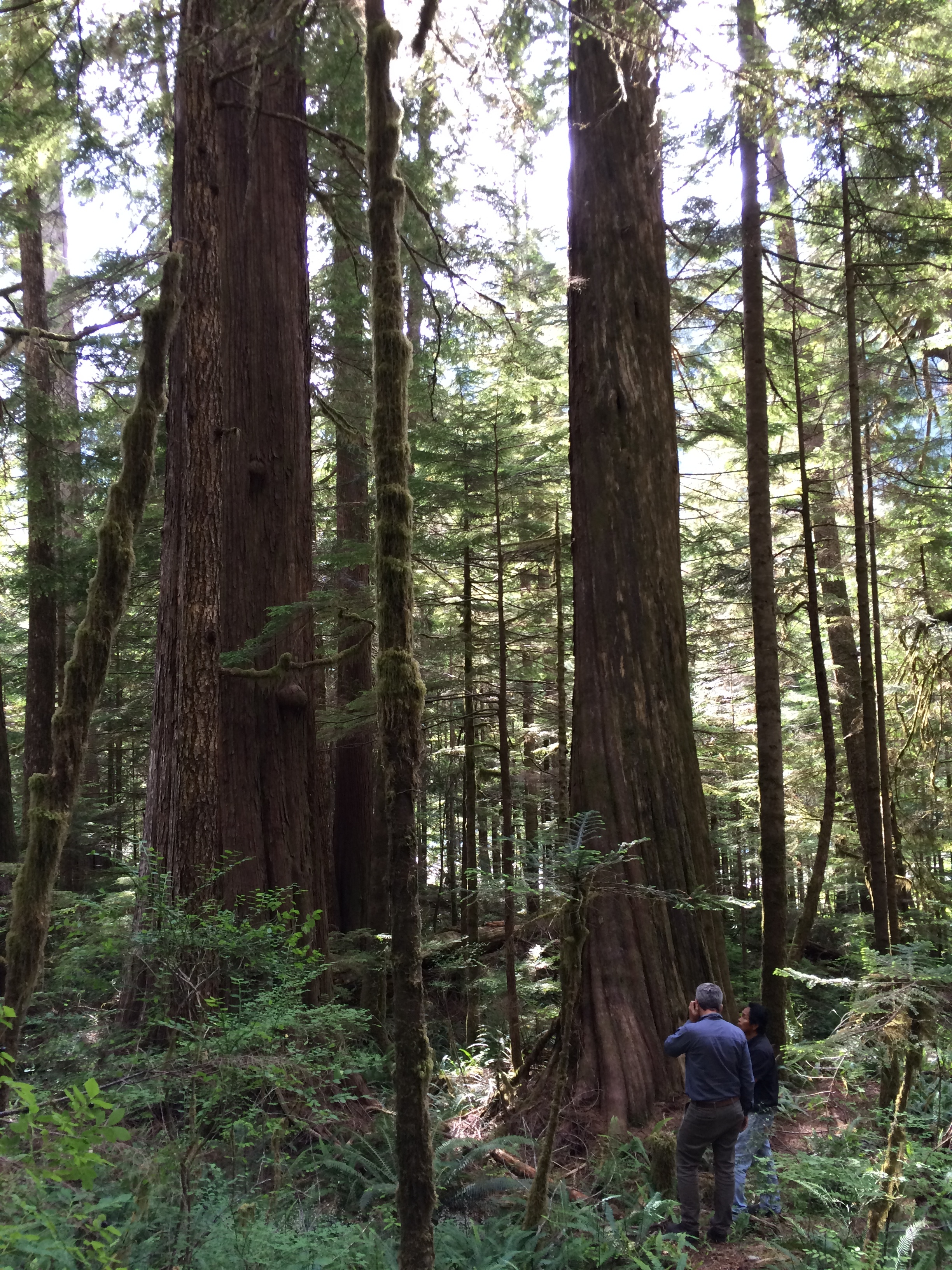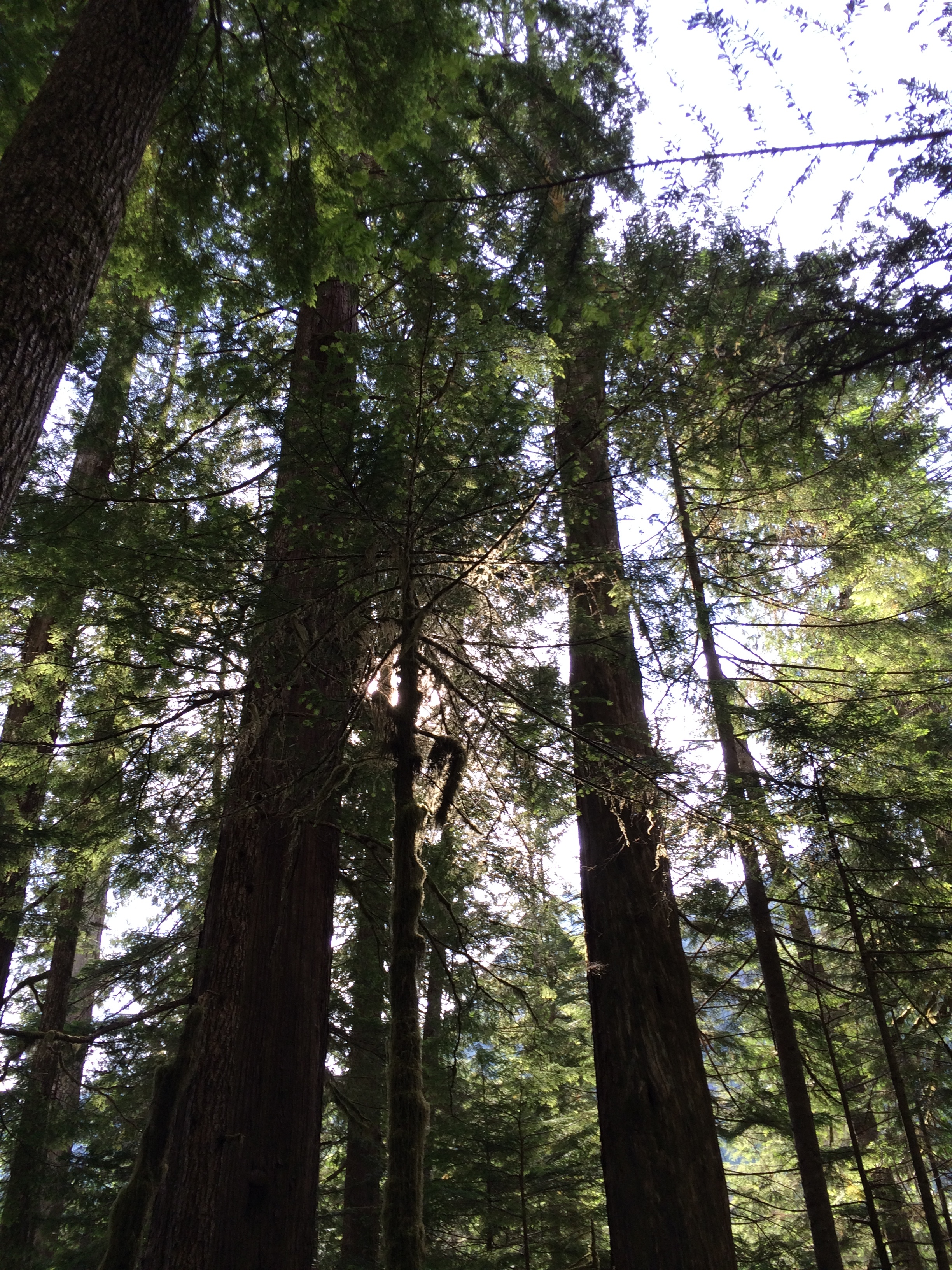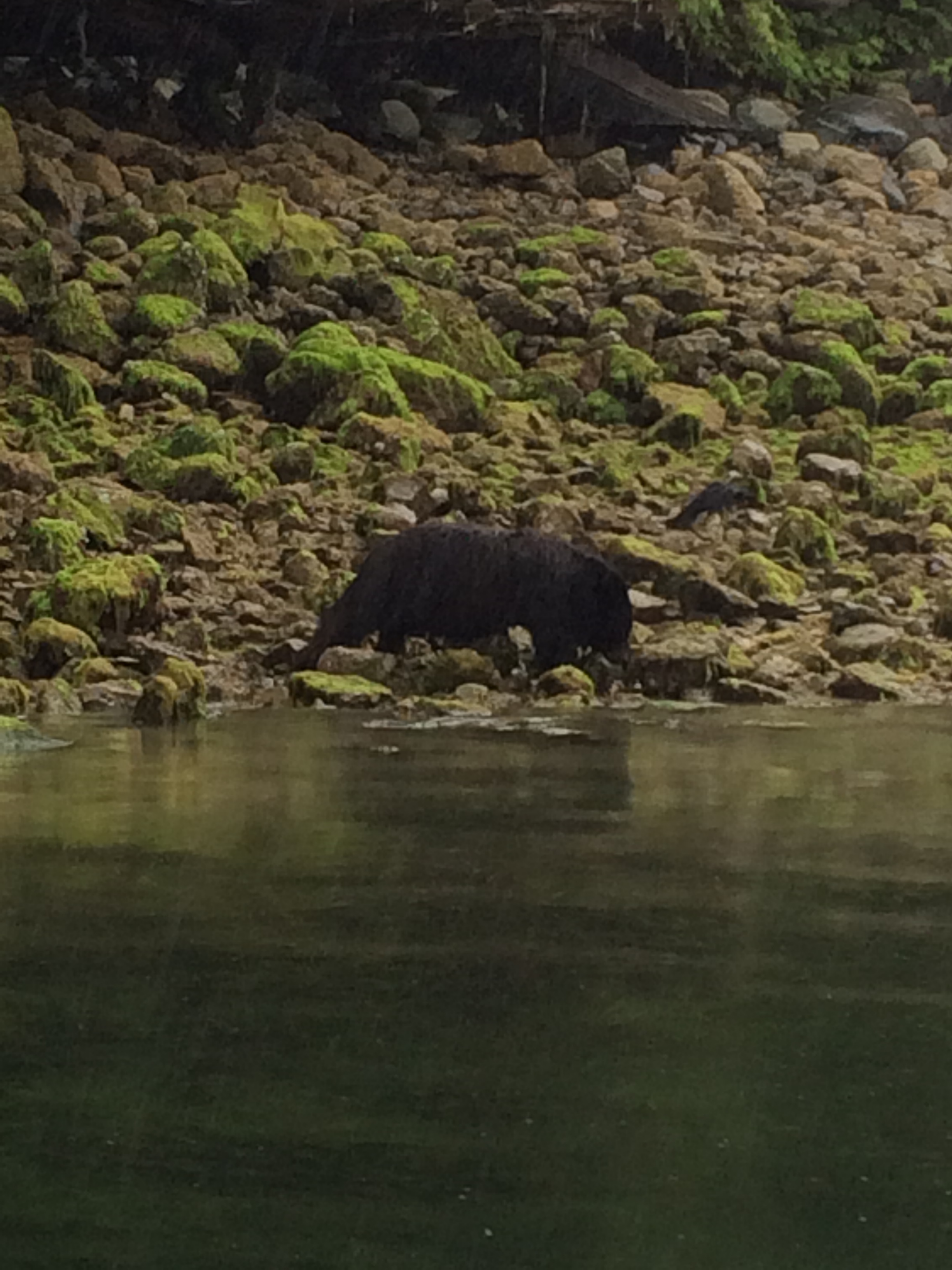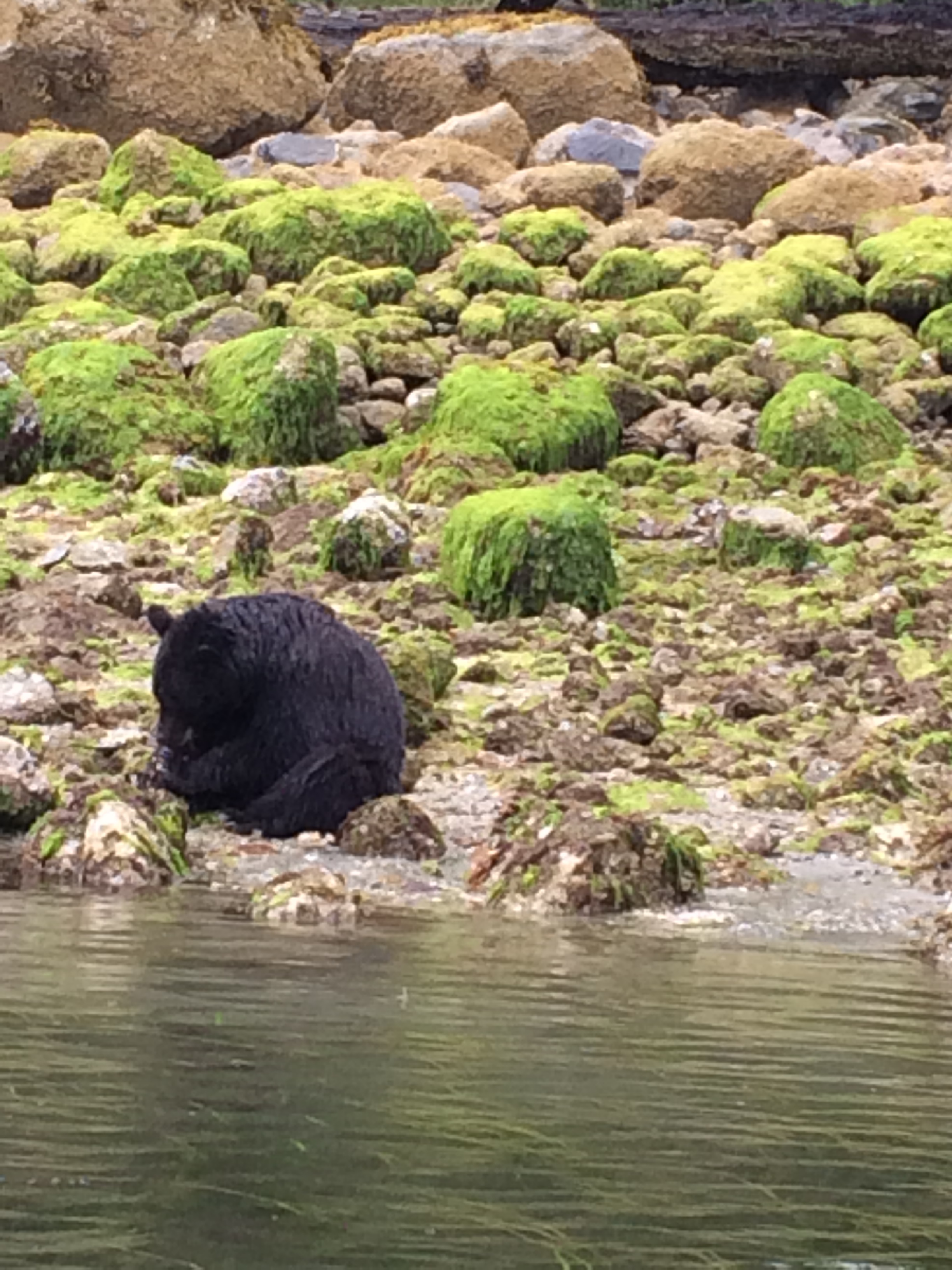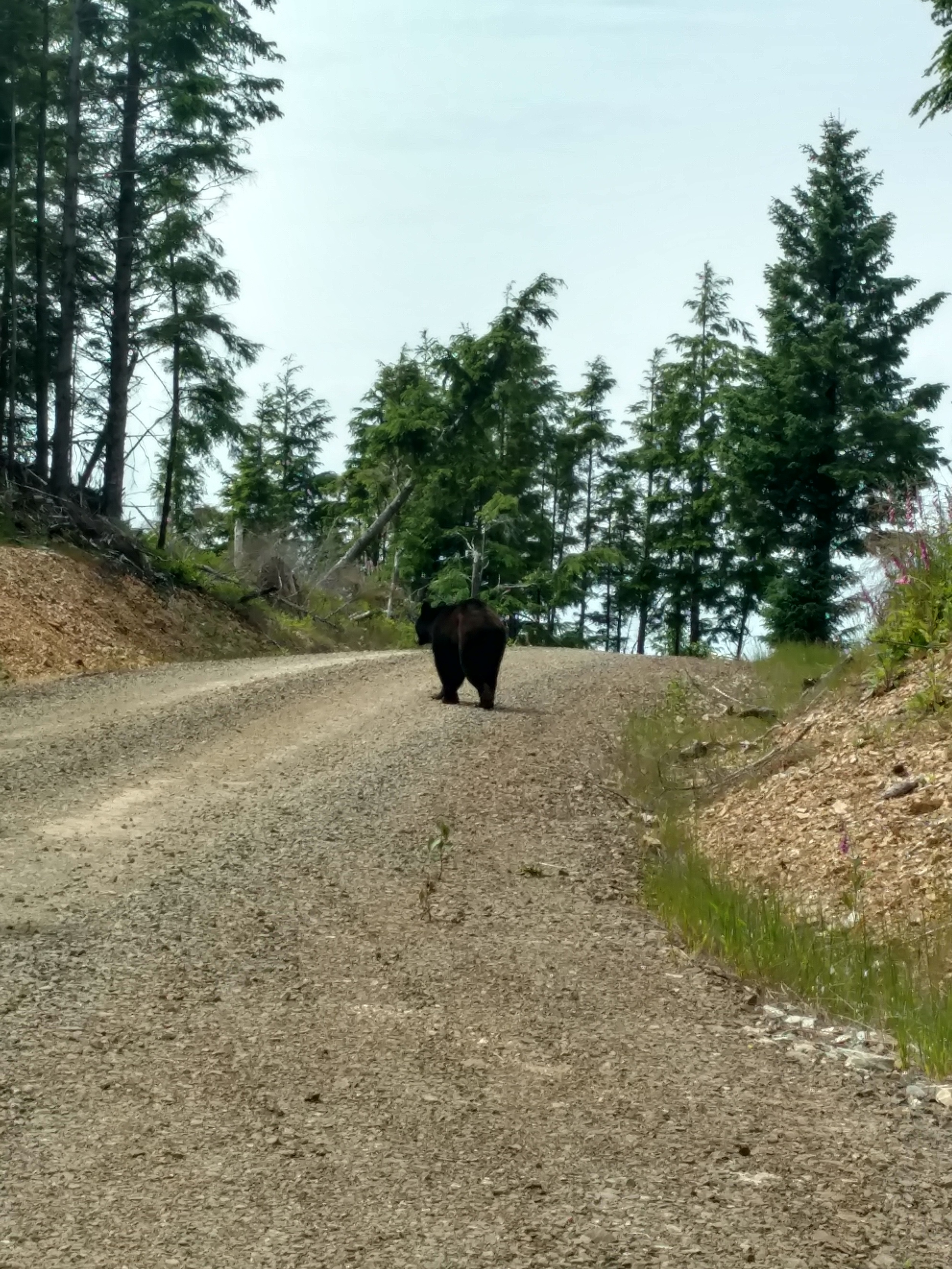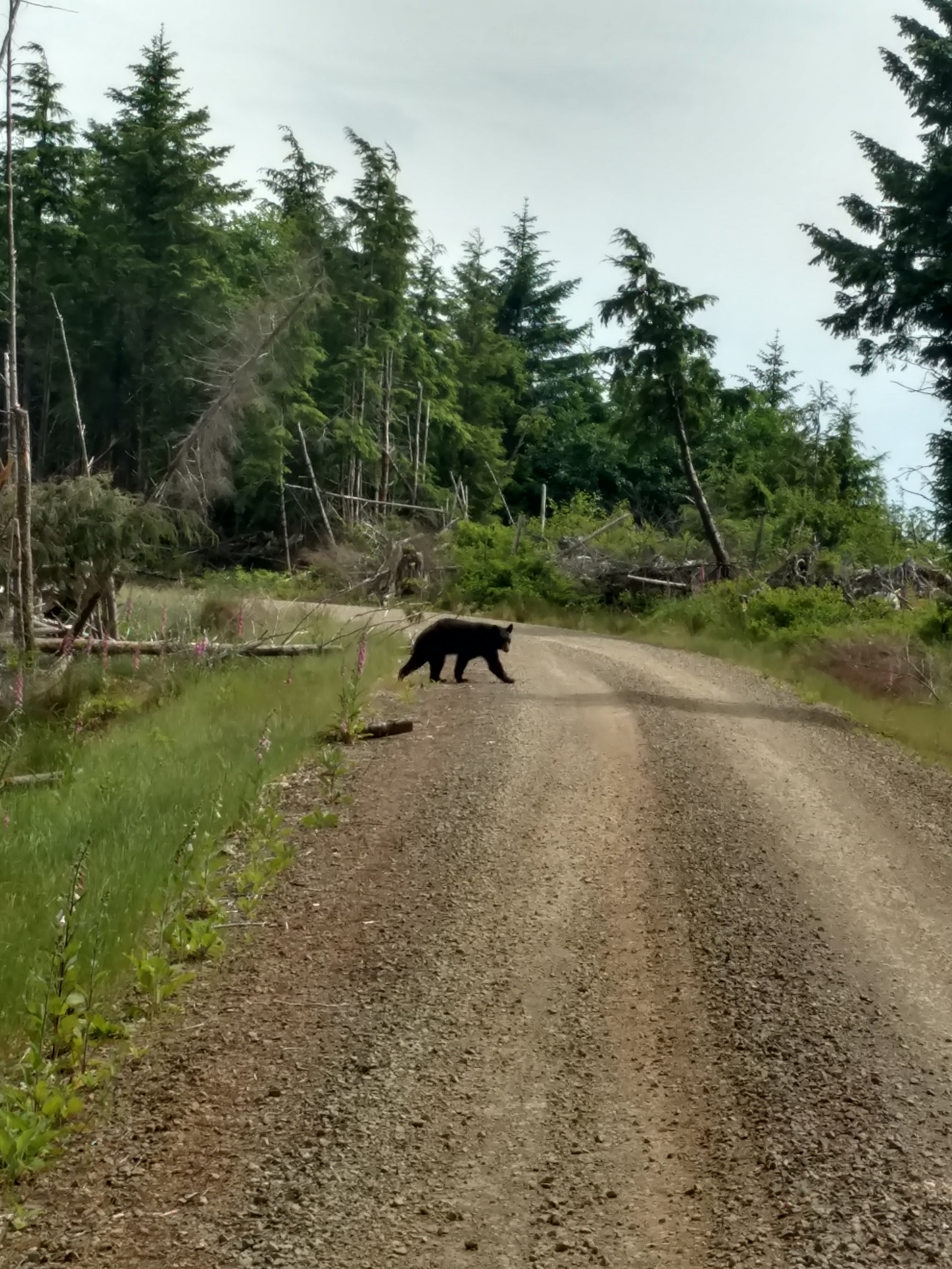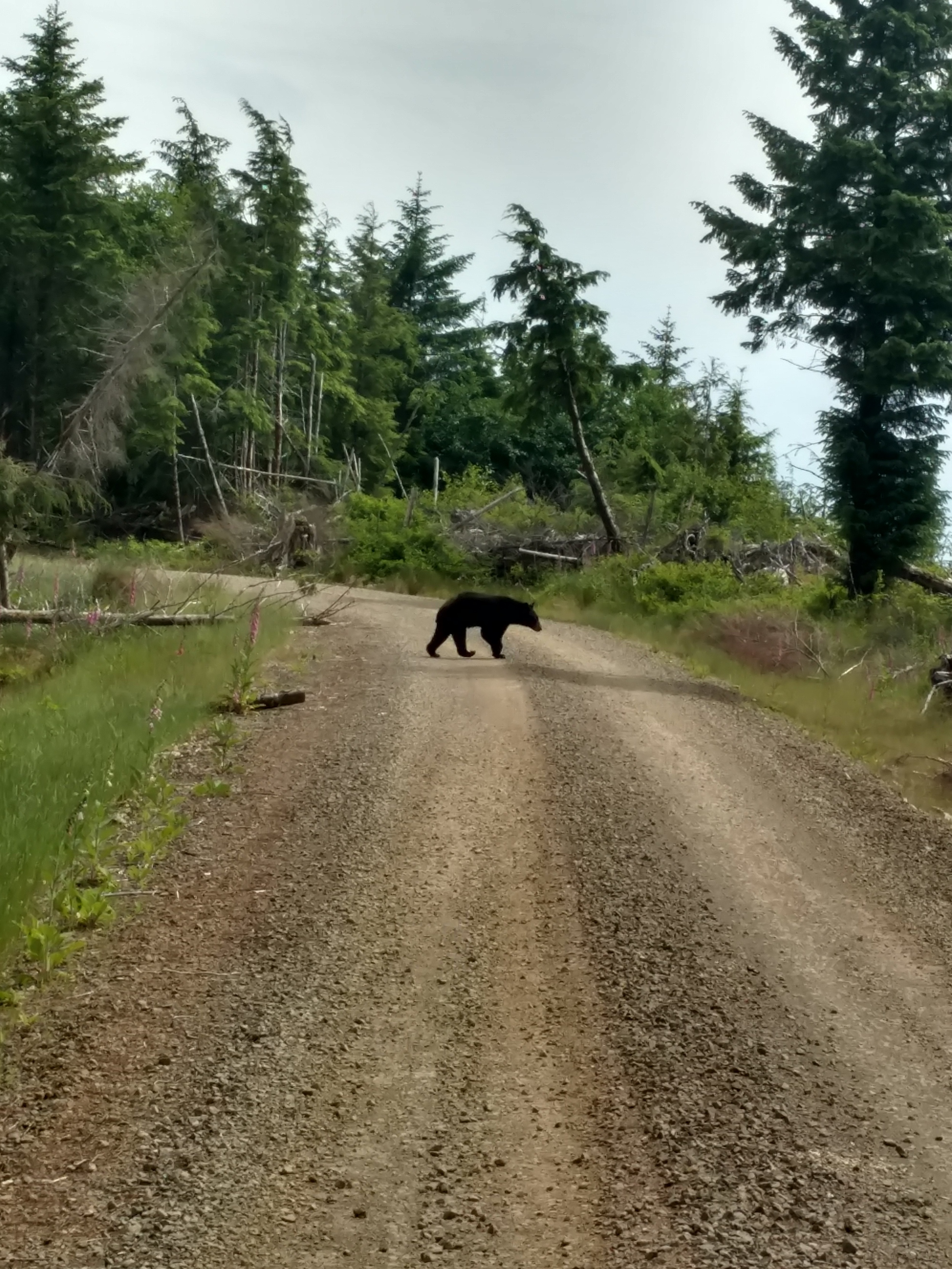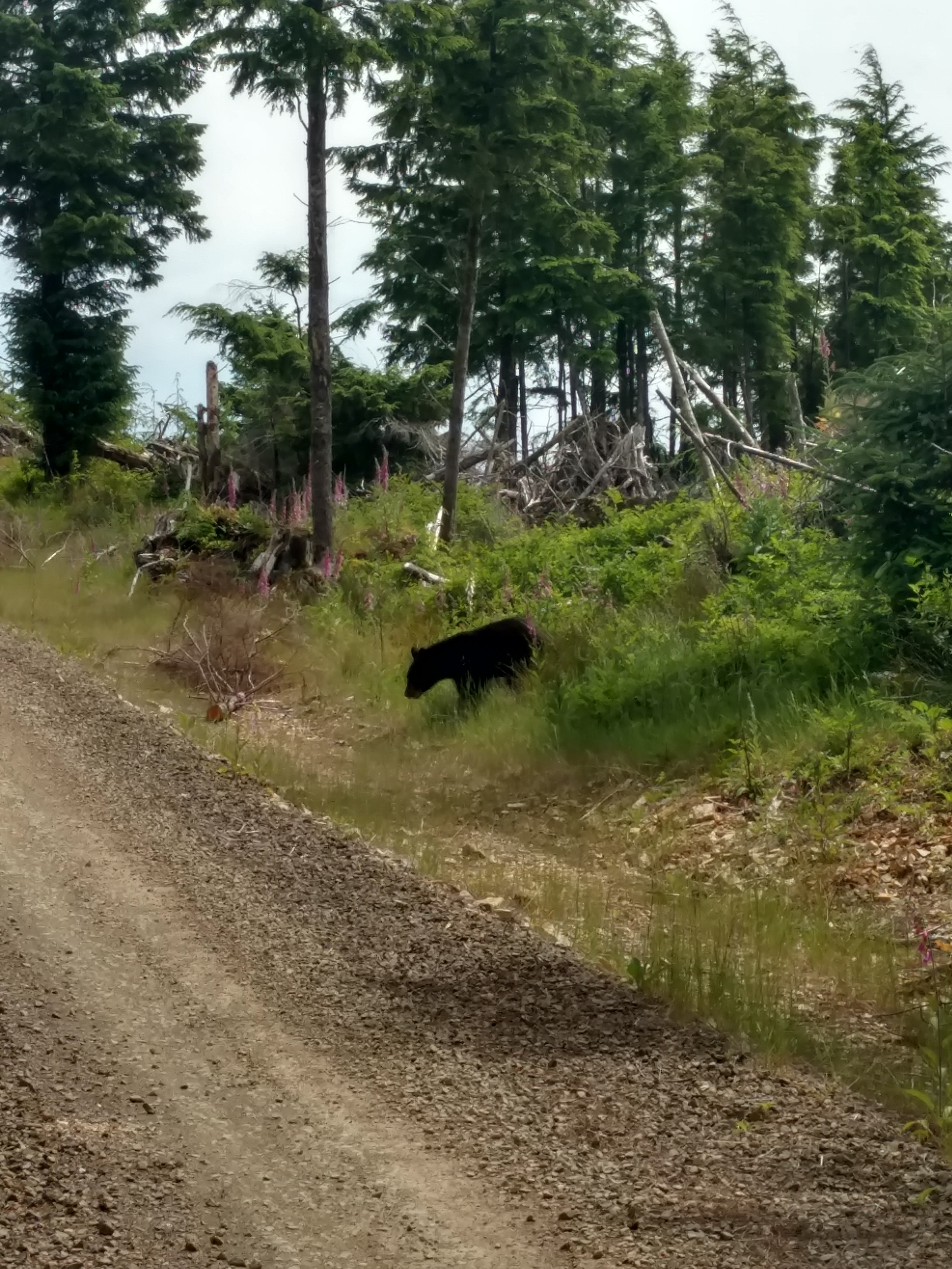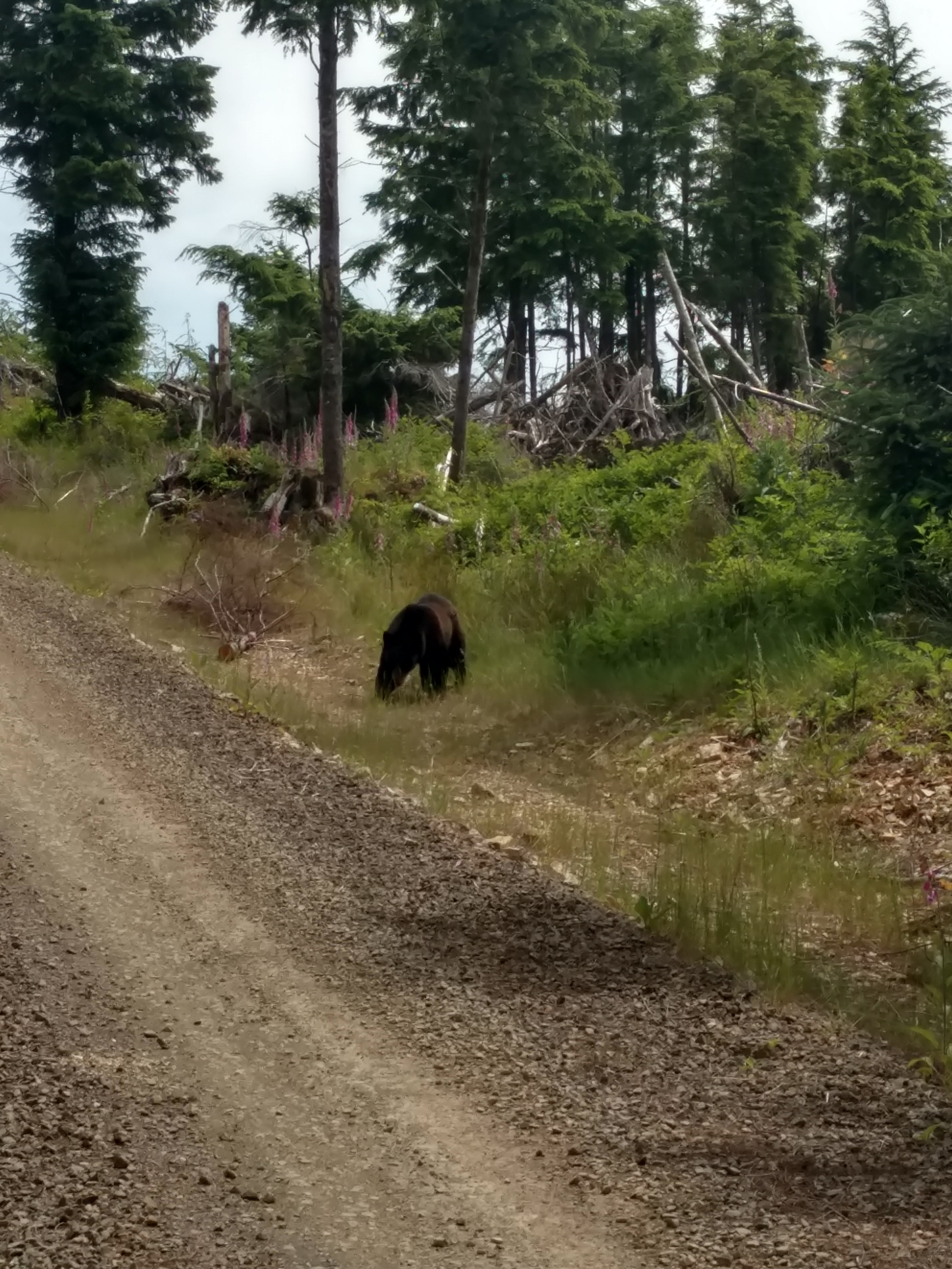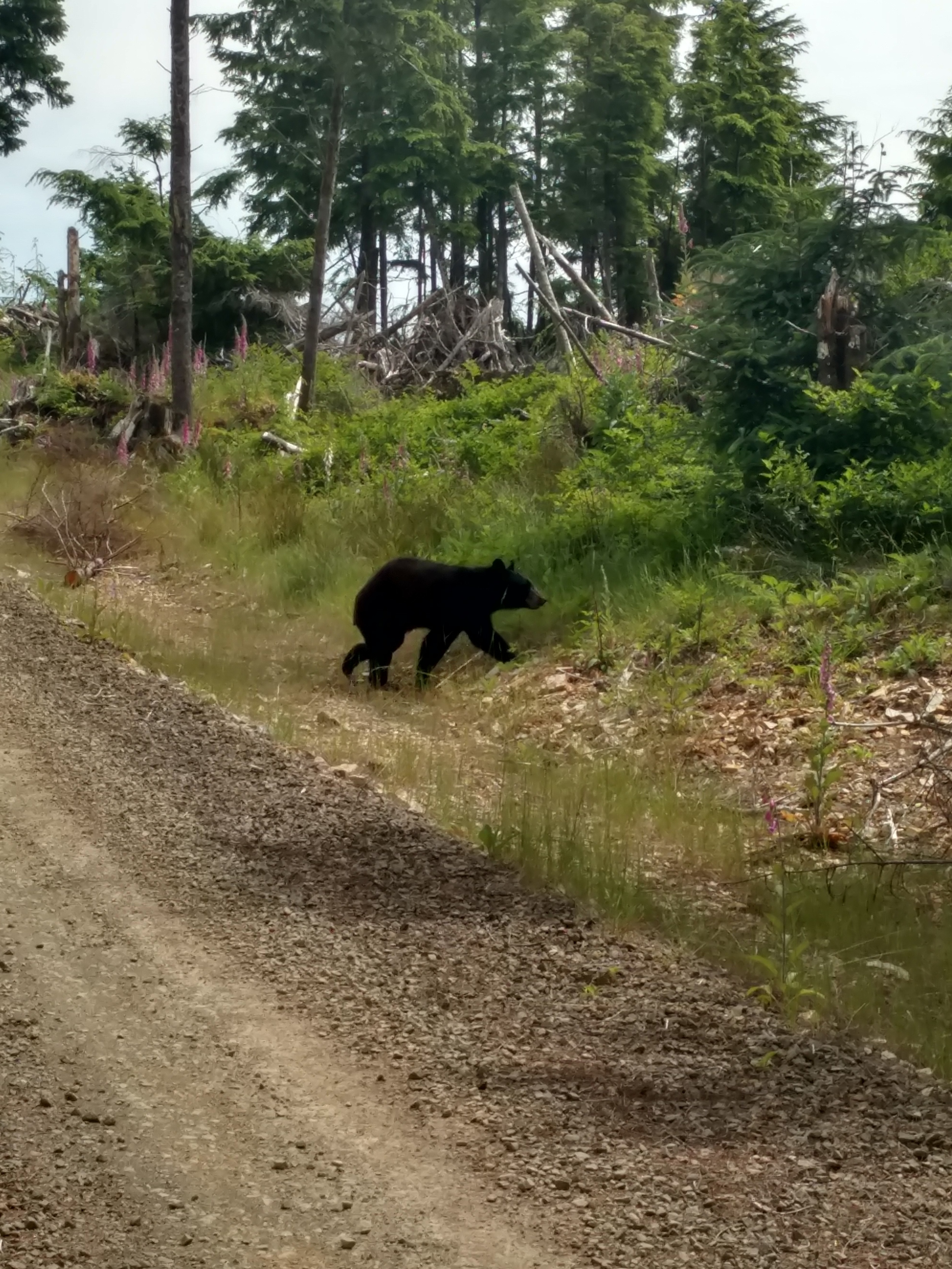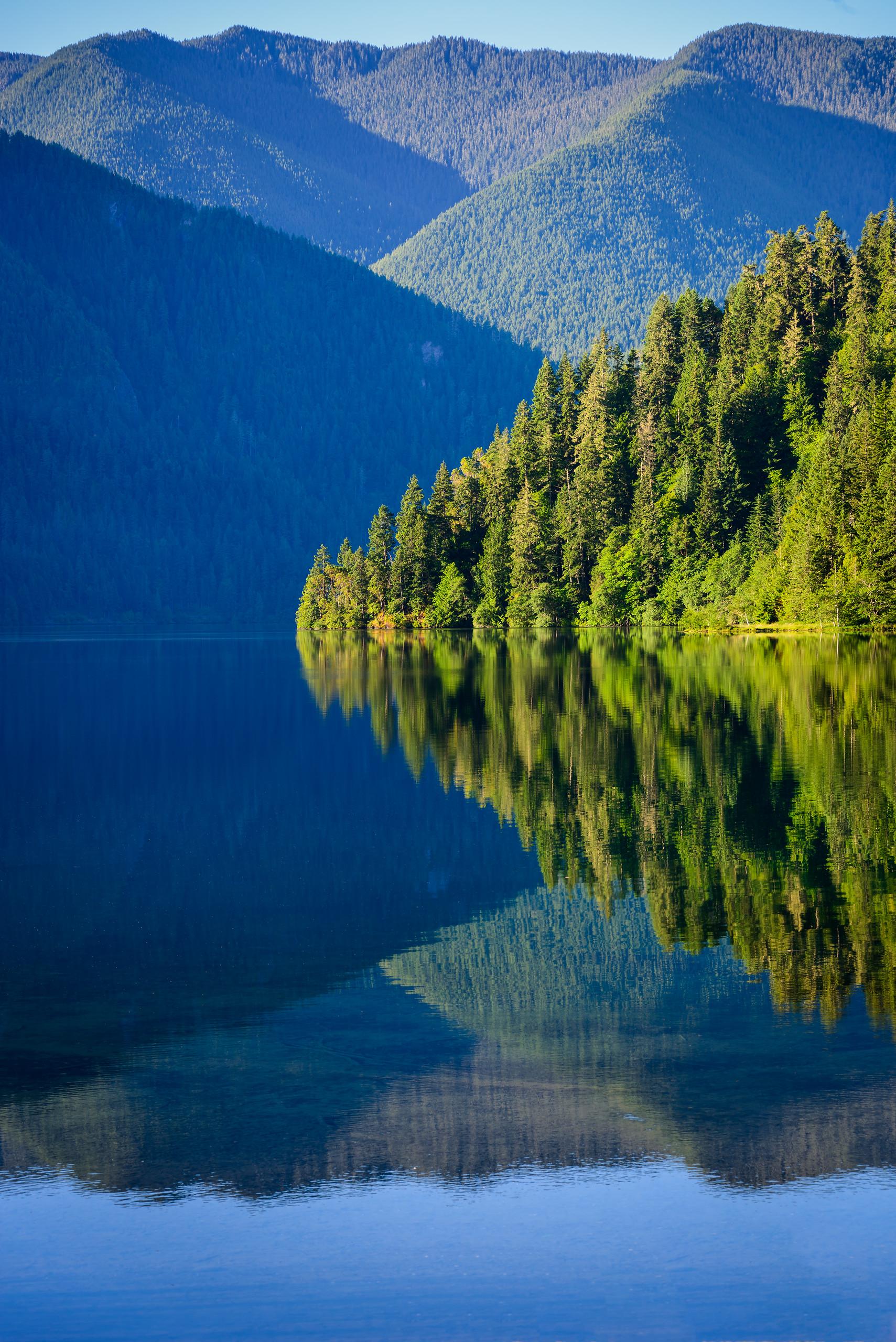In September 2020, thanks to the funding from the state Washington State Coast Restoration and Resilience Initiative, The Nature Conservancy completed a step towards whole system restoration of our coastal streams on our Olympic Forest Reserves. The grant funded a series of thinning, planting of native riparian trees, weed treatments, and, most impressively, the installation of large woody debris jams "log jams" in Shale Creek, a tributary of the Clearwater and Queets River. See helicopters placing log jams in the river
Bezos Earth Fund will be transformative for Emerald Edge communities and forests
Bezos Earth Fund gift of $100 million to The Nature Conservancy for nature-based climate solutions includes $20 million to support Indigenous-led conservation and carbon sequestration through our Emerald Edge program. The rainforests of the Emerald Edge harbor globally significant biodiversity and carbon stores. The average annual rainfall of more than 115 inches results in large, long-lived trees which are not affected by the pests and fires of many forests in Western North American.
Ellsworth Headwaters Protected
A small but significant 80-acre acquisition at our Ellsworth Creek Preserve in southwest Washington protects the headwaters of this 8,000-acre watershed where we’ve been working for more than 20 years.
The new property was harvested about five years ago, leaving our Preserve vulnerable to high winds on its boundary that blew down trees, and sediment runoff into Ellsworth Creek. With the acquisition, made possible by generous private donors, we’ll be able to restore it.
Camping in Paradise
Written & Photographed by Carrie Krueger, Director of Marketing, The Nature Conservancy in Washington
Clayoquot Sound, on Canada’s Vancouver Island is a spectacular place of sea and forests, centuries of culture, and home to First Nations with deep connections to the land and water. As the region’s indigenous people look for ways to protect cherished natural resources they are also sharing the area’s abundance with others. One example: The Lone Cone – a campground and hostel located in the heart of this rich ecological treasure and open to all to enjoy.
A short boat trip takes visitors to the Lone Cone, for camping, dormitory style housing or even private rooms along with a community kitchen, game room and hot tub. But it’s the access to nature that attracts visitors – from tents with a view to hiking trails and beaches, nature abounds. Kayaks, paddleboards and mountain bikes are available as part of the eco-tourism experience.
The Lone Cone is an example of community based conservation that protects nature while creating local economic opportunities. The site has created more than 20 jobs and attracts visitors from around the world. It is run by the Ahousaht First Nation which has plans for other sites and attractions in the area.
It’s a tiny piece of the vast Emerald Edge, a Nature Conservancy priority that spans from Washington, through British Columbia and all the way to Alaska. The landscape holds the largest intact coastal rainforest and is of massive ecological importance to the world. Through our work we are committed to partnership with indigenous and local people to heal the lands and waters while creating new opportunities for local wealth creation, economic development and entrepreneurship.
LEARN MORE ABOUT LONE CONE
LEARN MORE ABOUT OUR WORK PROTECTING THE EMERALD EDGE
Black Bears Roam at Ellsworth Creek
Written & Photographed by Kyle Smith, Field Forester
Late Spring at The Nature Conservancy’s Ellsworth Creek Preserve in Southwest Washington is a magical place for wildlife viewing. Spring rains bring out amphibians in huge numbers such as the tailed frog, ruffed skinned newts, Columbia torrent salamander, pacific giant salamander. In fact, a survey conducted by the Washington Natural Heritage Program and TNC scientists found that Ellsworth Creek had on of the highest populations of amphibians in Washington State. Amphibians aren’t the only things that roam the misty forest floors in Ellsworth Creek.
Black bears come out of their winter torpor to forage on grasses, berries and the fresh sapwood of actively growing trees. Southwest Washington and in particular Ellsworth Creek have some of the largest numbers of black bears in the lower 48. We were lucky to come across these beautiful black bears at the preserve recently!
The huge old growth forests of Ellsworth Creek offer excellent denning sites and the productive soils and over eight feet of annual prescription grow huge thickets of huckleberries, salmon berries and salal berries that bears plump up on all summer long. High among the forested trees tops a small robin sized bird called the marbled murrelet flies in at over 60 mph to nest up in the old growth canopy with in the Ellsworth Creek. These small robin sized birds rare birds spend most of their life at sea but in late spring and early summer they can be seen flying in over Ellsworth Creek to use the large old growth tree branches to nest and raise their young before returning to the sea in late summer. Just off to the west looking down on to Willapa Bay, tens of thousands of dunlins and sandpipers swarm to Willapa Bays pristine waters to feed upon invertebrates with in the mudflats of the Bay.
Exploring an Emerald Edge: February Photo of the Month
Written by Tom Parker, Northwest Photographer
Little Qualicum Falls is one of my favourite stops when I'm headed north on Vancouver Island. Located near the centre of the island it has a great mix of lush forest greens and sparkling waterfall blues packed into a beautiful 1km loop. With the river always fluctuating throughout the seasons the landscape is constantly changing, creating new scenes each time I visit. In the winter months the river has so much power that it is constantly shifting massive fallen trees down the banks, sometimes creating natural bridges or leaving them in precarious spots for viewing such as hanging from the tops of waterfalls.
On this day my friend Forest was in town and wanted to see the island, so we headed down the Alberni Highway looking for adventure with our first stop at the falls. When I was shooting the river Forest had disappeared and the next thing I knew he was climbing across the logs making his way over the river. Its always inspiring to go exploring with friends that are not afraid to leave their comfort zone. As a photographer I’m always looking to push new boundaries, personally and with my work.
Nature inspires my photography in many ways, from the slowing of time to the roar of the rivers washing away distractions, allowing my creativity to flow. When I am out in the woods it is as if time stands still, very little seems to affect me; the cold, the wet or the feeling of hunger drift to the back of my mind and all I focus on is the present. With the weather always changing on the island my favourite hikes rarely look the same, always providing a fresh perspective. It also means that to catch these sudden changes in weather I try to be outside as much as possible. The light and fog may only be around for a few fleeting moments but sometimes thats all you need.
Born and raised on Vancouver Island, Tom has spent most of his life exploring the outdoors. His work is inspired and influenced by the beauty that unfolds before him in nature. Follow him on Instagram: @tomparkr. Visit his website: tomparkerphoto.com









